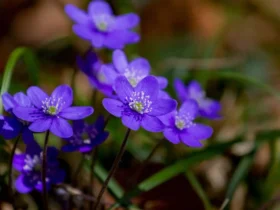The coneflower, scientifically known as Echinacea, is a beloved perennial flower that graces gardens and landscapes with its vibrant colors, unique shape, and medicinal properties. With its distinctive cone-shaped center surrounded by daisy-like petals, the coneflower has captured the hearts of gardeners and nature enthusiasts around the world. In this article, we will explore the captivating world of the coneflower, uncovering its characteristics, cultivation, symbolism, and the benefits it offers to both the garden and human health.
Coneflower images
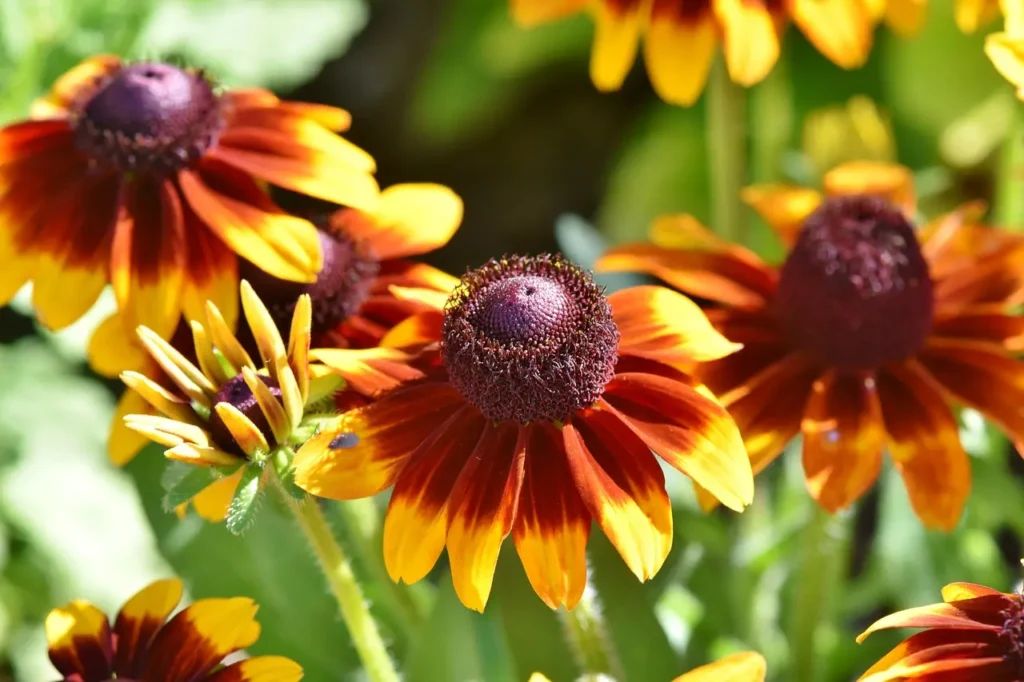
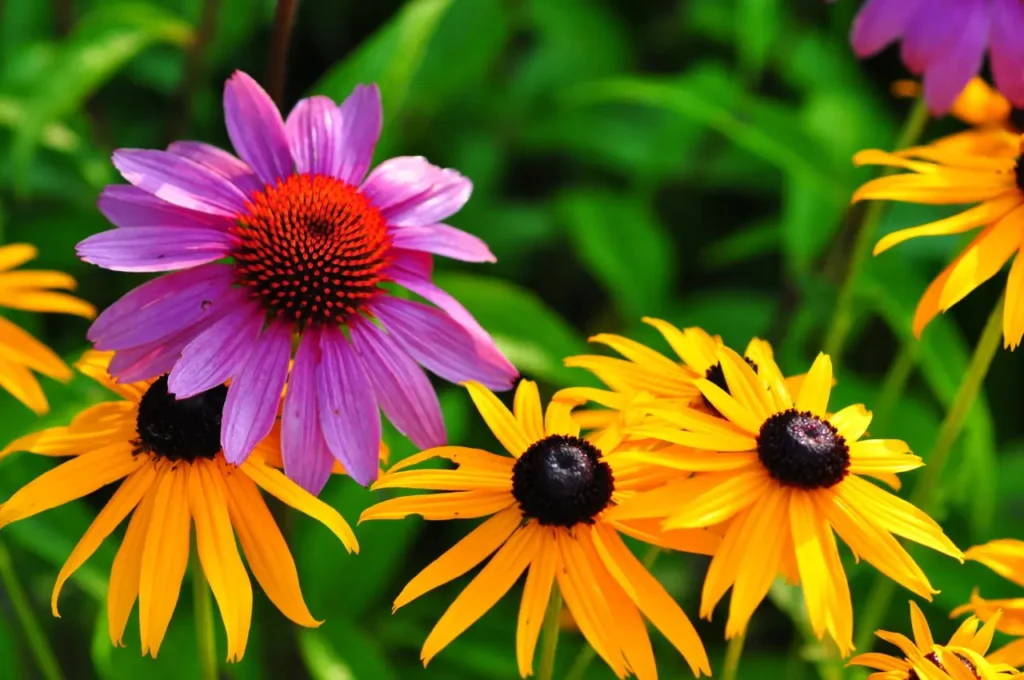
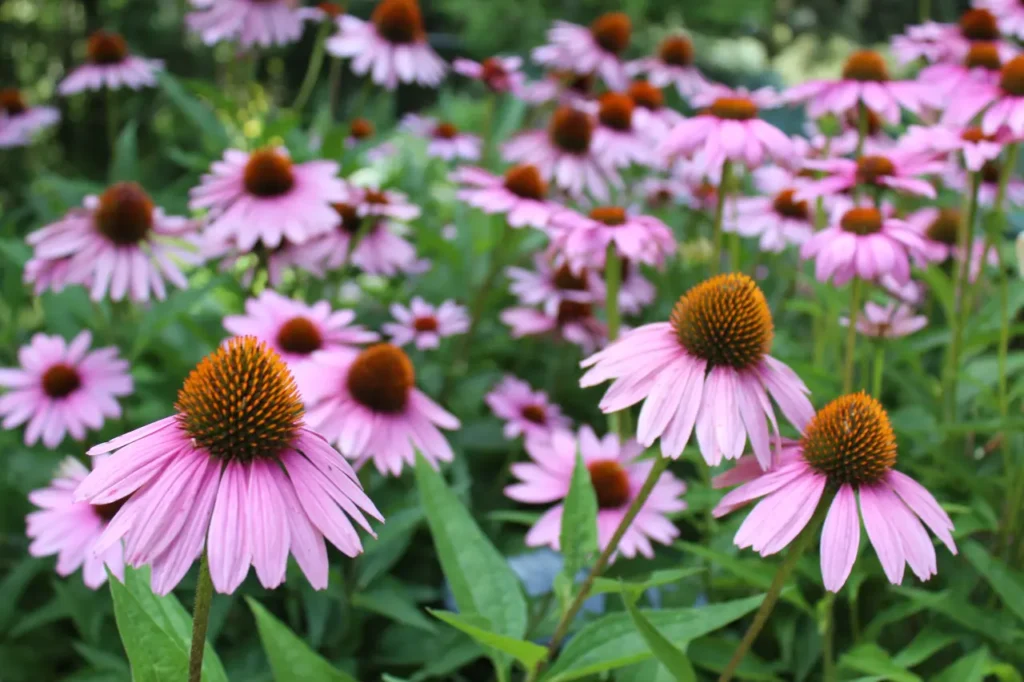
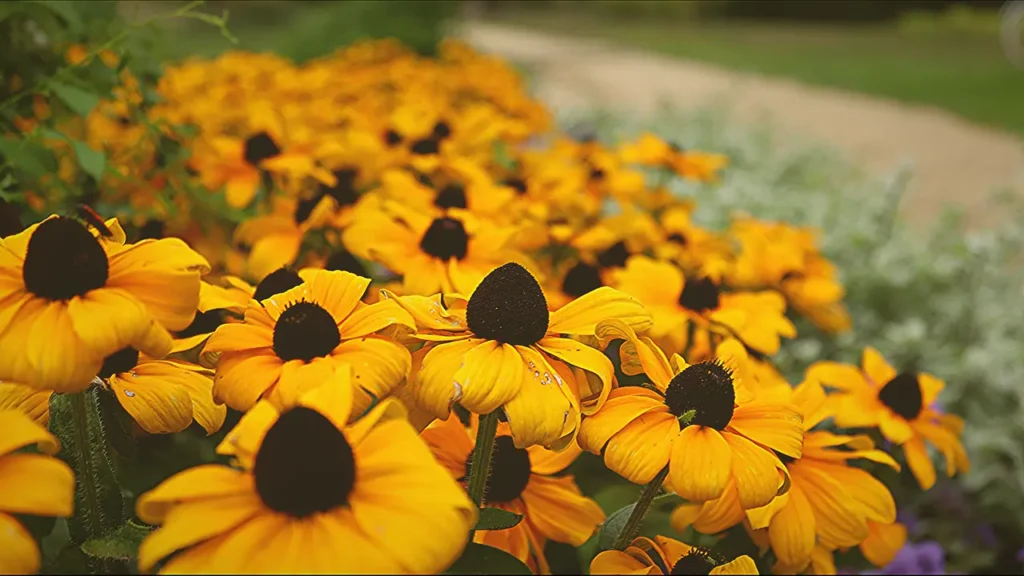

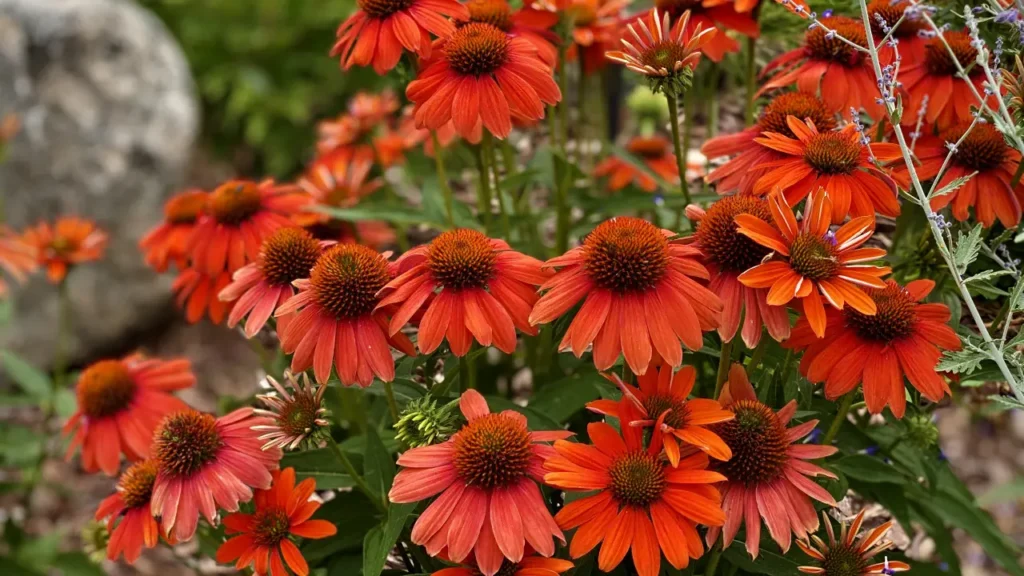
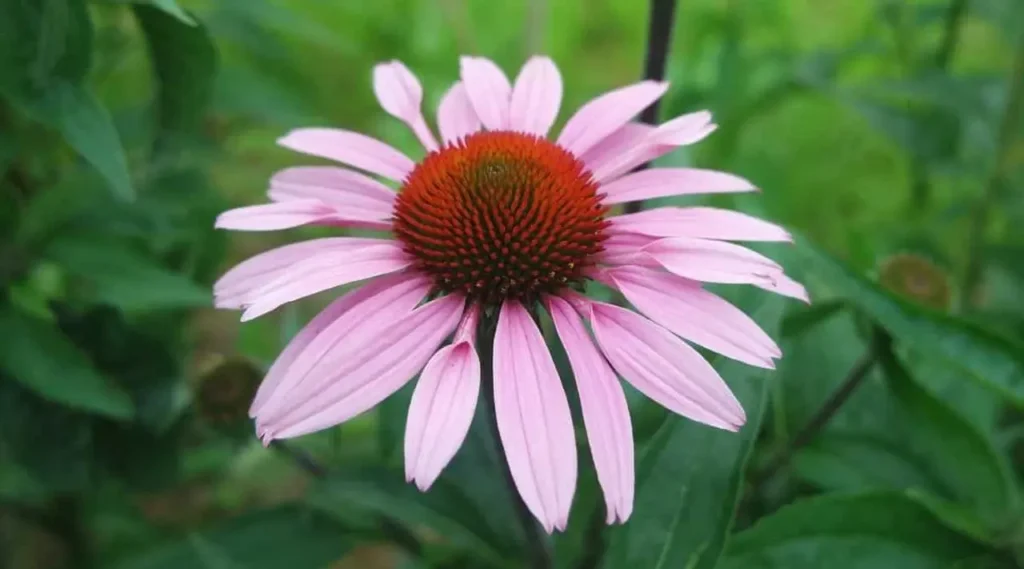
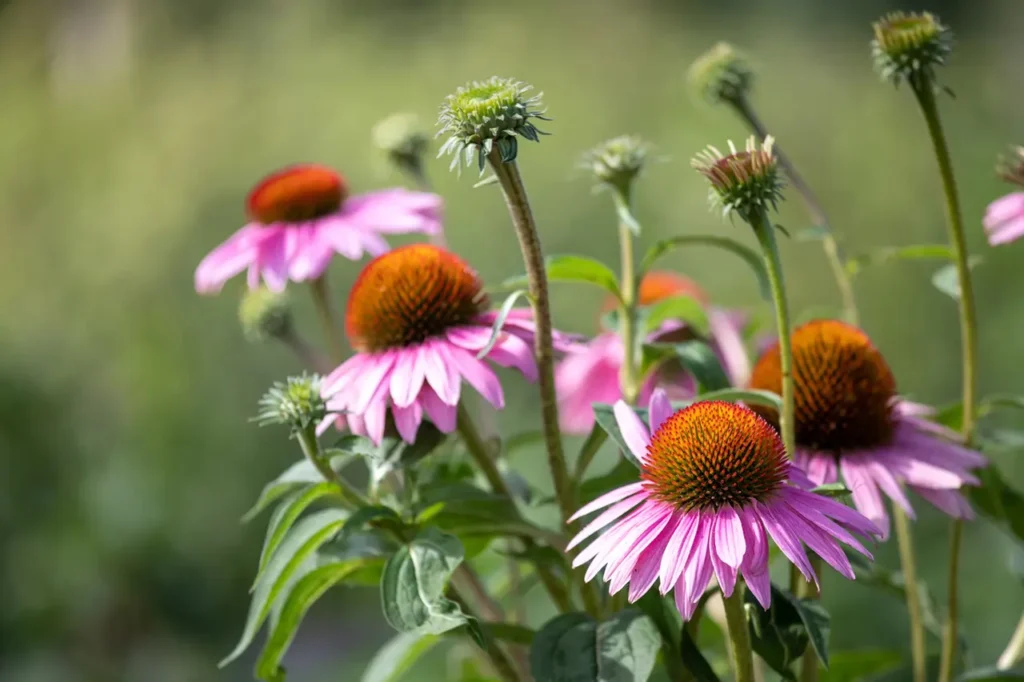
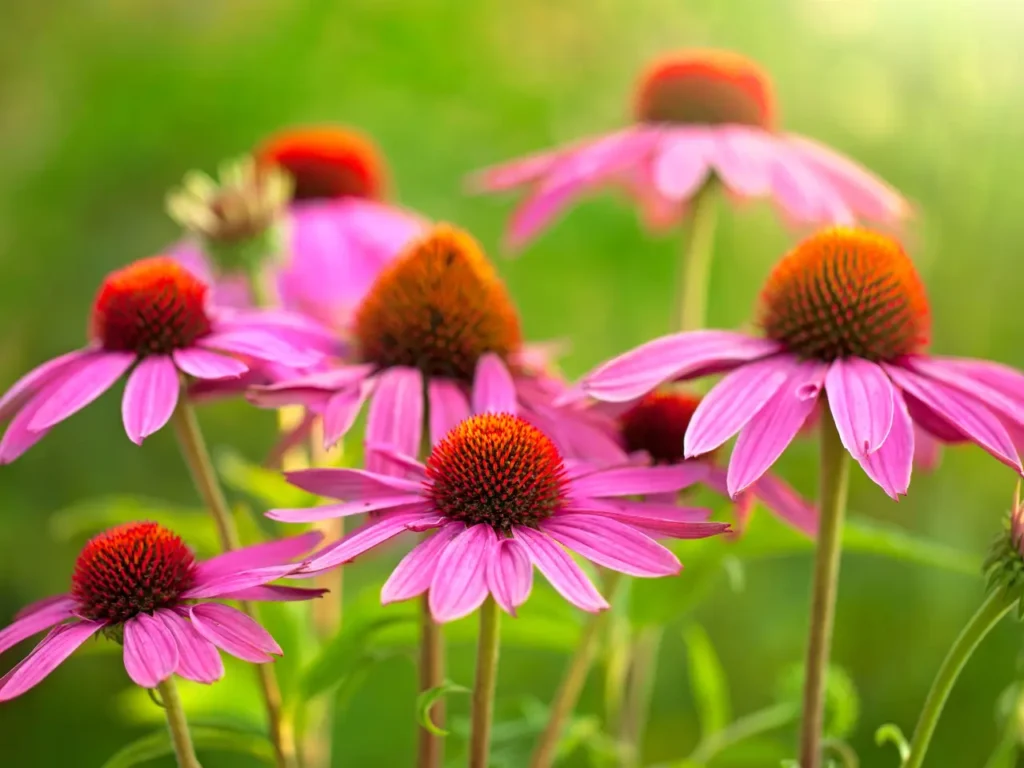


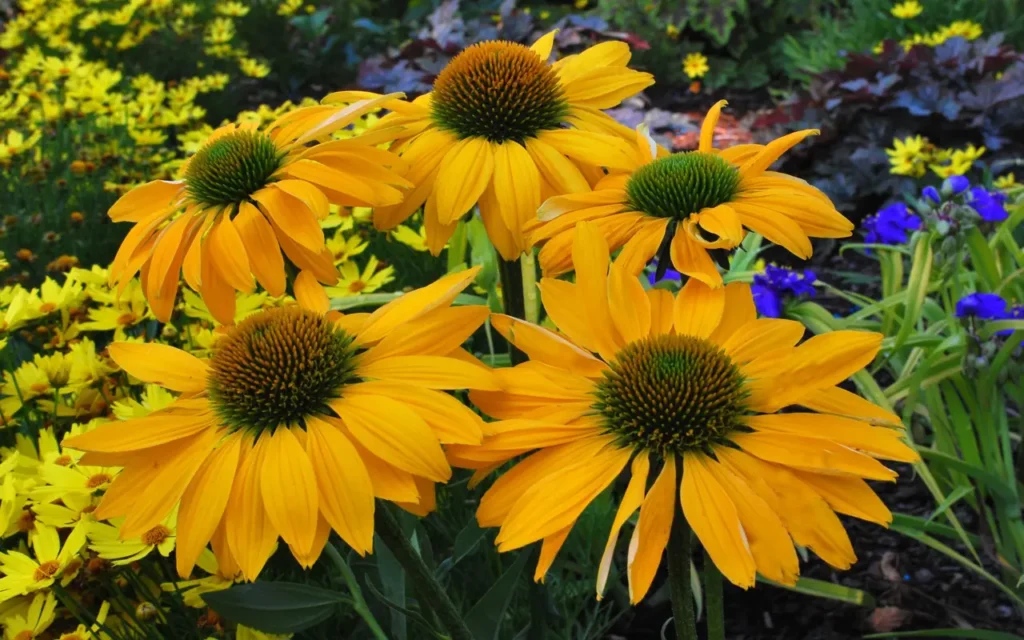
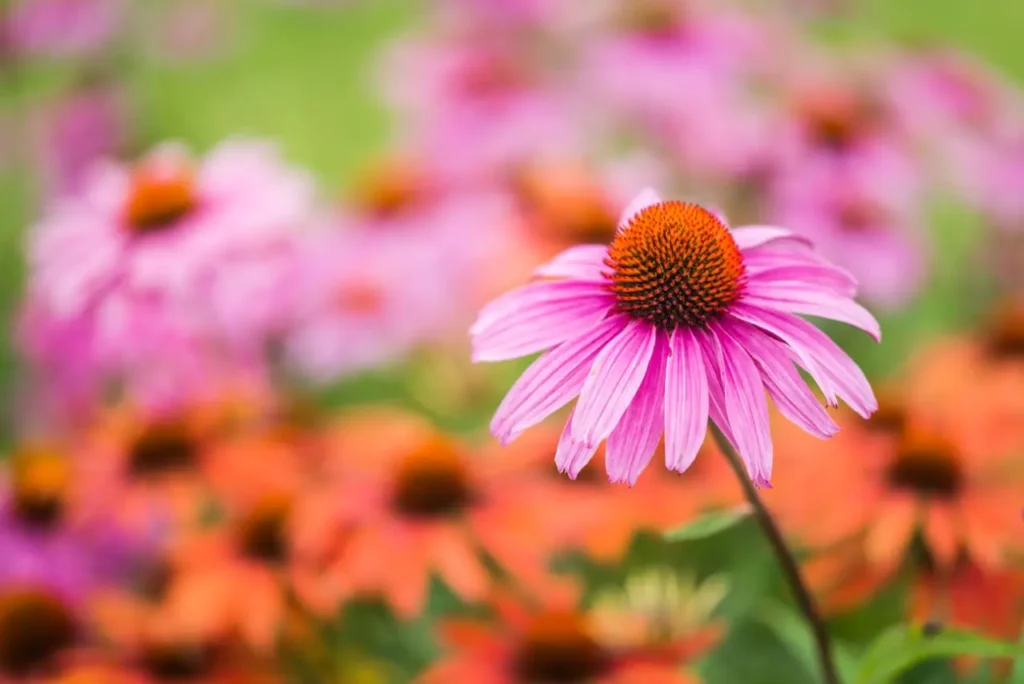
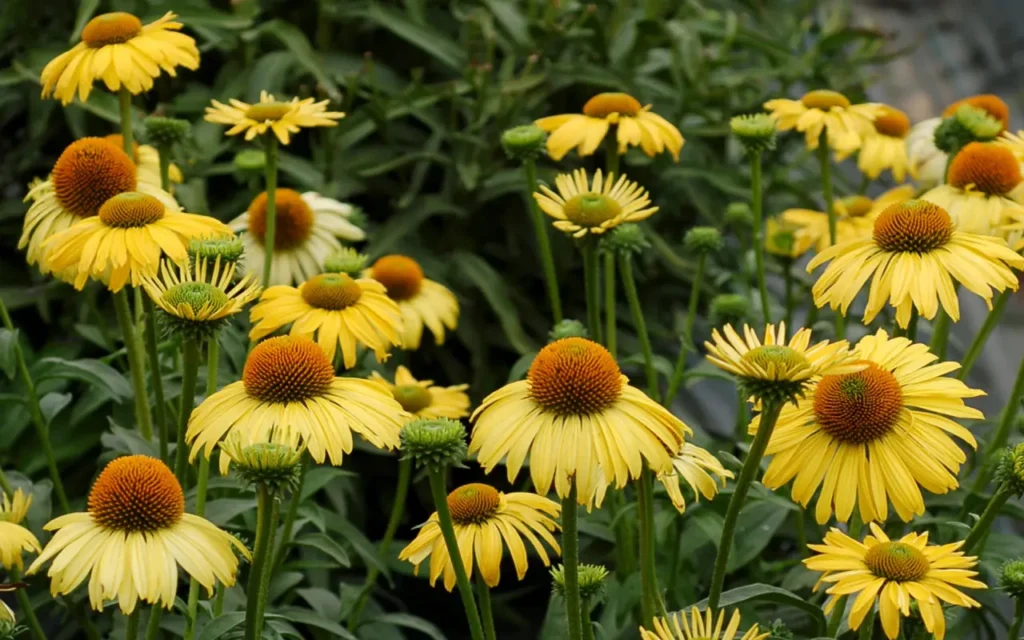
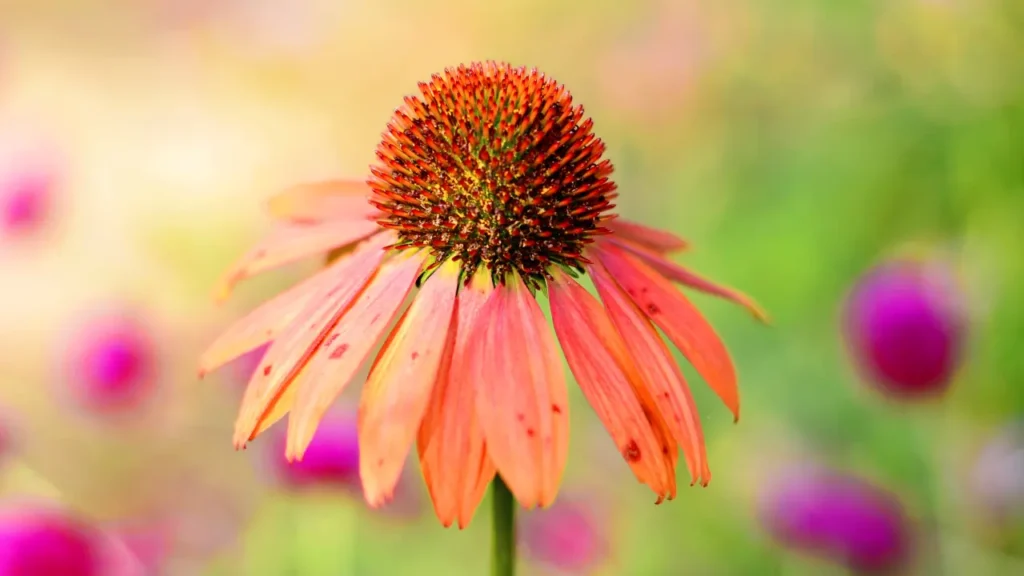
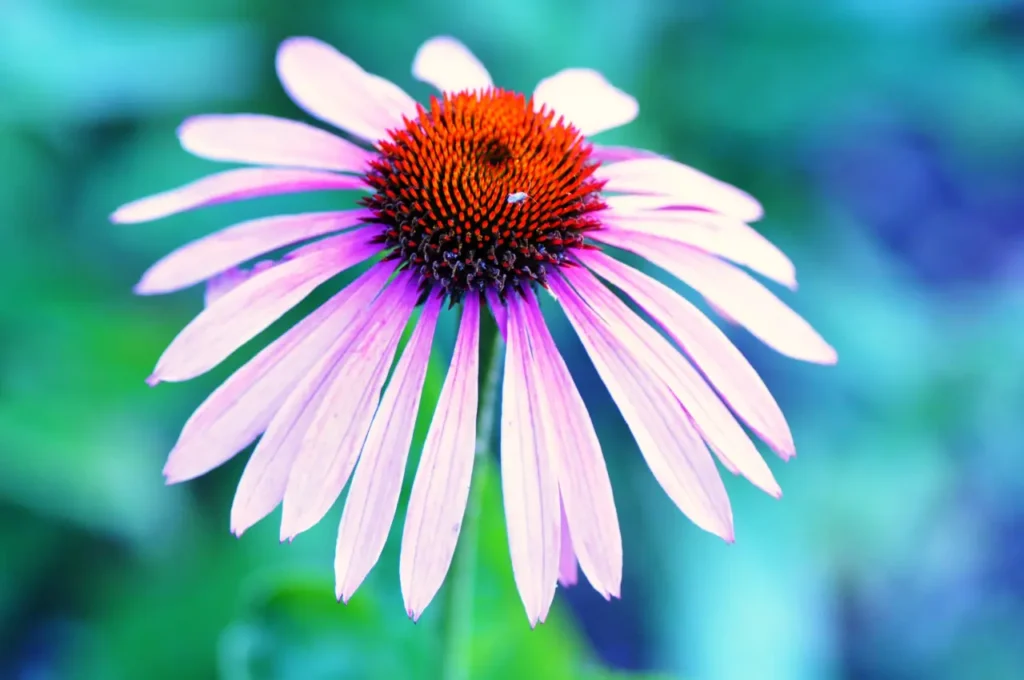
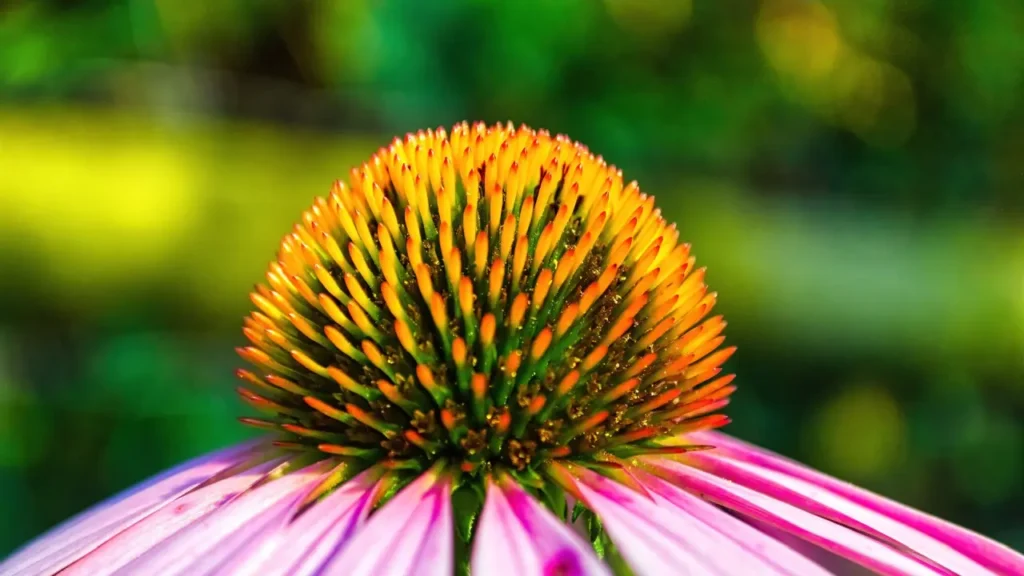
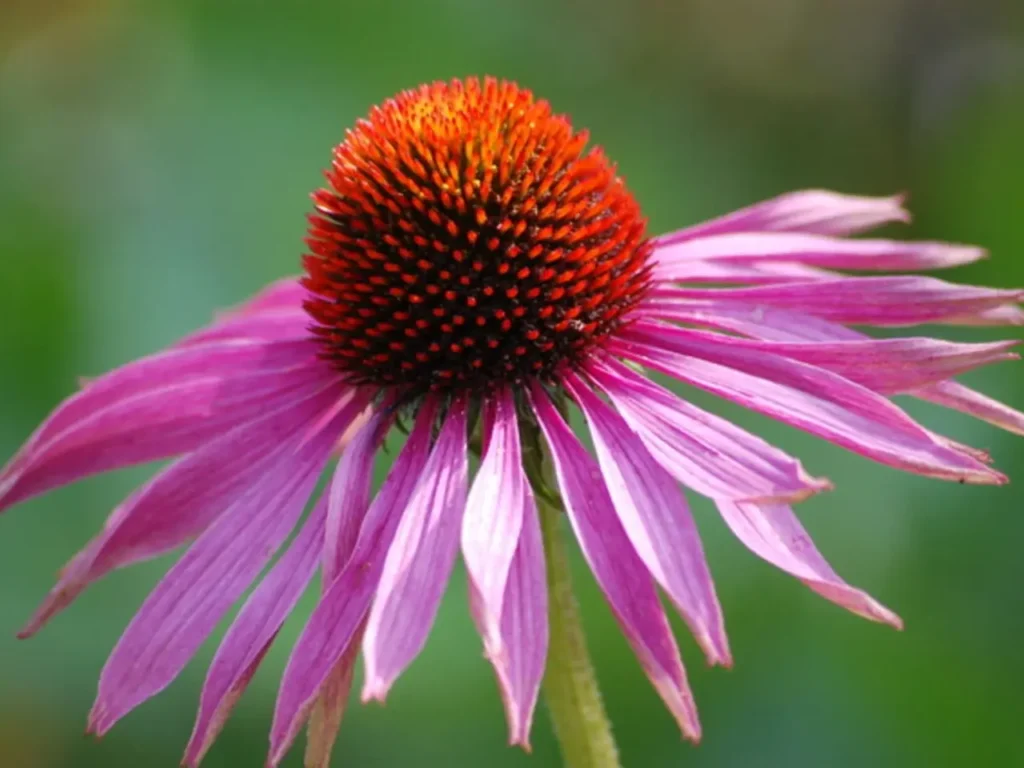
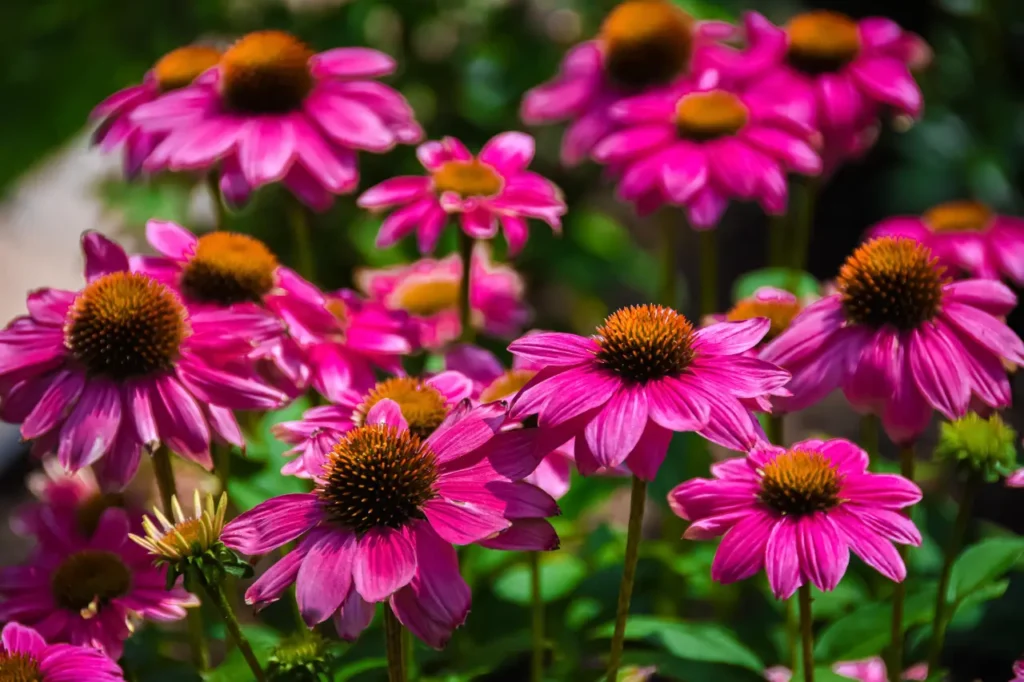
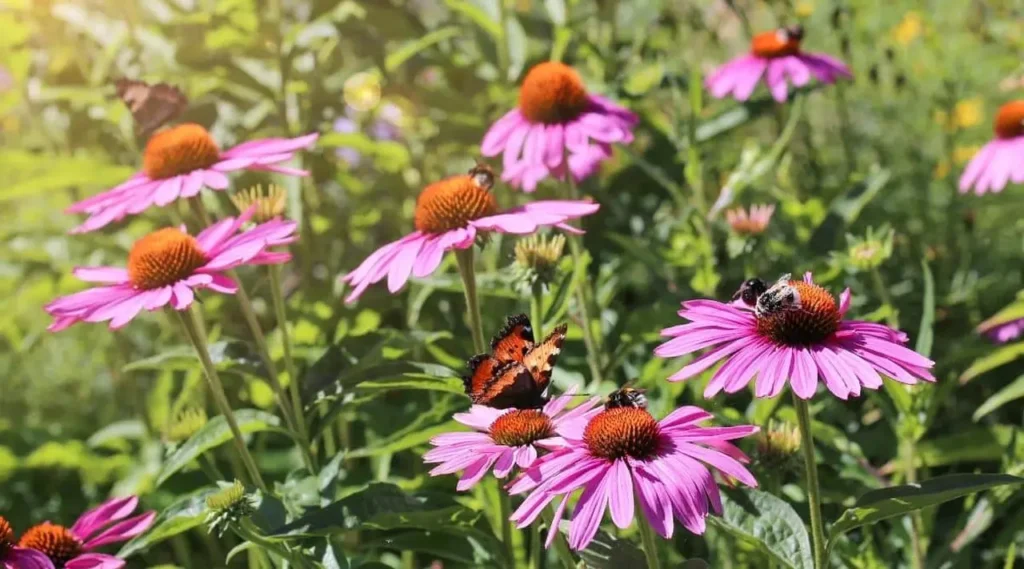

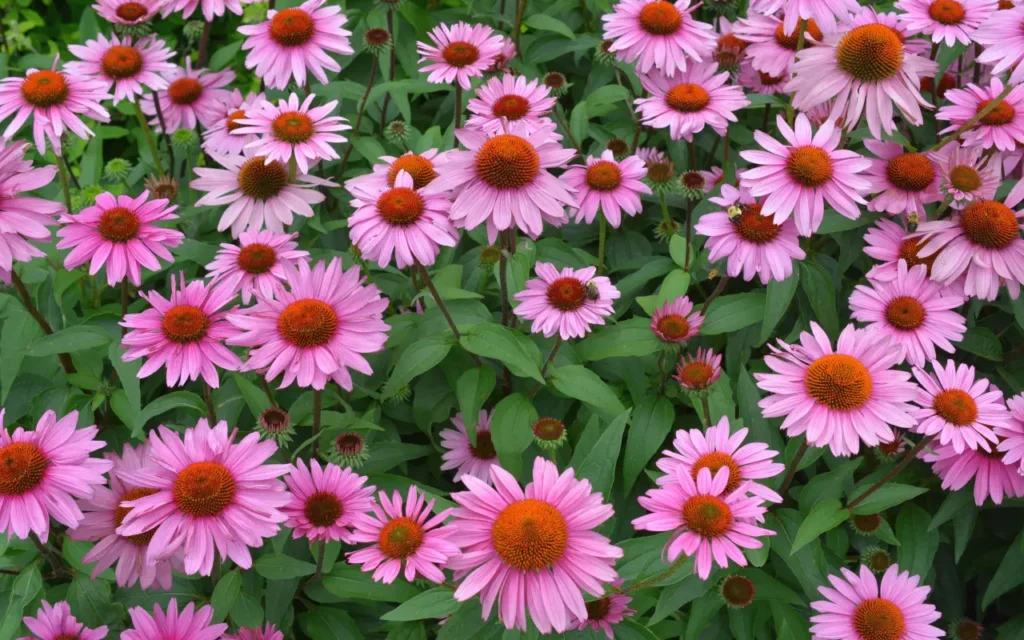
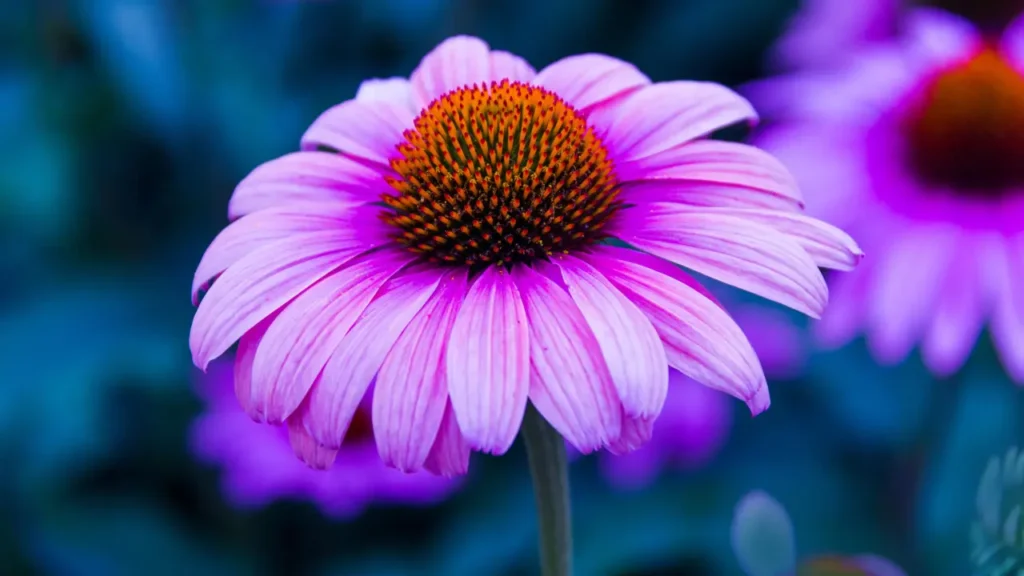
The color of the Coneflower
The coneflower, also known as Echinacea, is a popular perennial flower that belongs to the daisy family (Asteraceae). Coneflowers are well-known for their distinctive cone-shaped centers and colorful petals. The primary colors of coneflower petals include:
- Purple: Purple coneflowers are the most common and widely recognized variety. The petals are typically a vibrant shade of purple, ranging from light lavender to deep violet.
- Pink: Pink coneflowers are another popular choice, with petals ranging from soft pastel pink to bright and vibrant shades of hot pink.
- White: White coneflowers feature pristine white petals that create a clean and classic appearance. The white color can provide a lovely contrast against the dark cone-shaped center.
- Yellow: Some coneflower varieties display yellow petals, which can range from pale lemon yellow to vibrant and sunny shades.
It’s important to note that there are also cultivated varieties and hybrids of coneflowers that can exhibit variations in color, including bi-colored or multi-colored flowers. These variations may include combinations of purple, pink, white, and yellow, adding additional interest and diversity to the coneflower palette.
Appearance and Varieties
Coneflowers are known for their stunning beauty and distinctive form. They feature a large, prominent cone-shaped center (referred to as the “cone”) that is surrounded by vibrant, drooping petals in shades of pink, purple, white, and yellow. The cone serves as a focal point and provides a unique architectural element to the flower.
There are several species of coneflowers, including the commonly cultivated Echinacea purpurea, as well as Echinacea pallida and Echinacea angustifolia. Each species offers its own array of colors and characteristics, but all share the iconic coneflower shape that makes them instantly recognizable.
Cultivation and Care
Coneflowers are relatively easy to grow and are well-suited to various climates and soil types. They thrive in full sun but can tolerate partial shade. These hardy perennials are drought-tolerant once established and require moderate watering. They prefer well-draining soil and benefit from a layer of organic mulch to retain moisture and suppress weeds.
Coneflowers can be grown from seeds or purchased as young plants from nurseries. They can be started indoors in early spring or sown directly into the garden after the last frost. Regular deadheading (removing spent flowers) encourages continuous blooming and helps maintain a tidy appearance. Dividing mature plants every few years can also promote healthier growth and prevent overcrowding.
Symbolism and Meaning
Coneflowers hold symbolic meanings across different cultures and have been valued for their medicinal properties for centuries. In Native American traditions, they are revered for their healing abilities and are believed to boost the immune system. The coneflower’s resilience and ability to withstand harsh conditions have also led it to symbolize strength, endurance, and adaptability.
In the language of flowers, coneflowers are often associated with power, health, and vitality. They are frequently used in floral arrangements and bouquets to convey a message of hope, strength, and well-being.
Medicinal and Health Benefits
Coneflowers have a long history of medicinal use, particularly in Native American herbal traditions. The plant’s roots, leaves, and flowers are rich in beneficial compounds, including antioxidants and immune-stimulating properties. They are commonly used in herbal remedies to support immune health, alleviate symptoms of the common cold, and promote overall well-being.
Modern scientific studies have also shown that coneflowers contain compounds that possess anti-inflammatory and antimicrobial properties. As a result, Echinacea supplements and herbal preparations have gained popularity as natural remedies for immune support and cold prevention.
The coneflower’s captivating beauty, resilience, and medicinal properties make it a cherished addition to gardens and landscapes. With its vibrant colors, distinctive shape, and rich symbolism, the coneflower brings joy and visual interest to any setting. Whether grown for its aesthetic appeal or its health benefits, the coneflower is a timeless beauty that continues to inspire gardeners, herbalists, and nature enthusiasts around the world.
